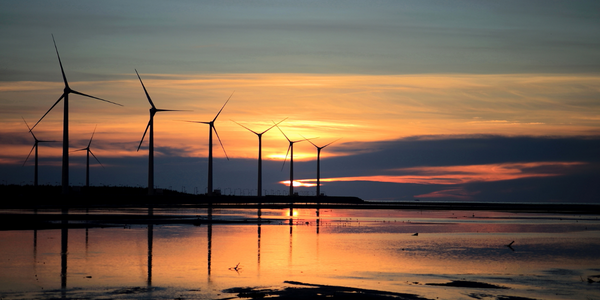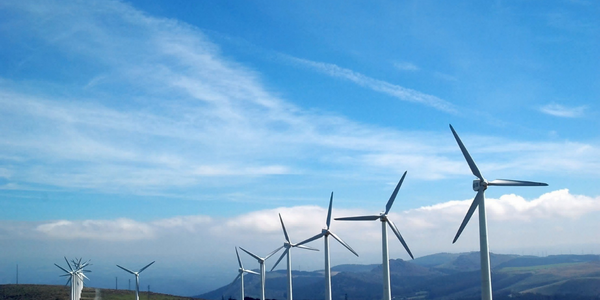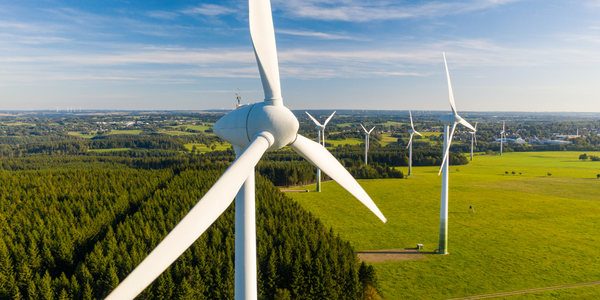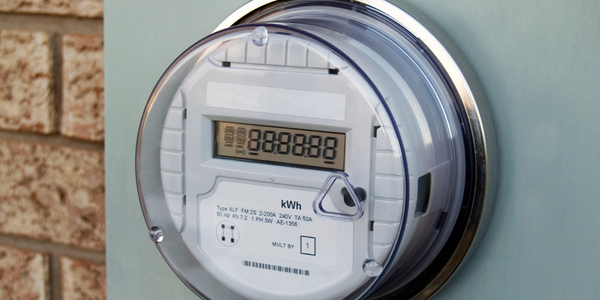技术
- 分析与建模 - 大数据分析
- 应用基础设施与中间件 - 数据可视化
适用行业
- 电网
- 可再生能源
适用功能
- 产品研发
用例
- 微电网
- 物体检测
服务
- 数据科学服务
关于客户
本案例研究中的客户是国家可再生能源实验室 (NREL),这是一家美国联邦实验室,专注于可再生能源、商业化、开发和研究。 NREL 致力于发展可靠、有弹性且负担得起的清洁能源。为了实现这一目标,他们必须胸怀大局,考虑大局,其中包括实现可再生能源的高渗透率,同时实现广泛的目标。 NREL 致力于克服可再生能源在空间和时间上的可变性和连续性带来的挑战。他们致力于确保可再生能源得到适当的表征和保护。
挑战
国家可再生能源实验室 (NREL) 是美国唯一一家专注于可再生能源、商业化、开发和研究的联邦实验室。 NREL 面临的挑战是如何实现可再生能源的高渗透率,同时实现可靠性、弹性和可负担性的广泛目标。能源网的复杂性及其众多的发电机和可变负载,需要复杂的工具和可视化来理解和管理。可再生能源的一个根本挑战是其在空间和时间上的可变性和连续性,这对传统模型提出了挑战。问题是如何采用本质上连续且可变的现象,并将其拟合到离散模型空间中,无论是节点的还是区域的。最大的问题是如何确保资源得到正确的描述和保存。
解决方案
NREL 采用空间分析和地理空间数据科学来应对这些挑战。这种方法结合了传统的 GIS、地理空间大数据、地理统计分析以及时空和多元建模和可视化。 NREL 的空间数据科学团队拥有广泛的研究重点,以金字塔形式表示,该金字塔应用技术和经济限制来削减资源,直到发现可开发的可再生能源潜力。该团队使用空间分析来了解障碍和法规、传输分析、风电场特征和资源分析。他们还使用发电机建模来了解广泛地区不同光伏技术的性能。所有这些不同的分析和研究都结合在一个时空技术经济模型中,称为可再生能源潜力模型或“reV”。该模型结合了资源信息、系统工程建模、经济学、技术空间约束和传输分析,得出地理空间供应曲线。
运营影响

Case Study missing?
Start adding your own!
Register with your work email and create a new case study profile for your business.
相关案例.

Case Study
Remote Monitoring & Predictive Maintenance App for a Solar Energy System
The maintenance & tracking of various modules was an overhead for the customer due to the huge labor costs involved. Being an advanced solar solutions provider, they wanted to ensure early detection of issues and provide the best-in-class customer experience. Hence they wanted to automate the whole process.

Case Study
Vestas: Turning Climate into Capital with Big Data
Making wind a reliable source of energy depends greatly on the placement of the wind turbines used to produce electricity. Turbulence is a significant factor as it strains turbine components, making them more likely to fail. Vestas wanted to pinpoint the optimal location for wind turbines to maximize power generation and reduce energy costs.

Case Study
Siemens Wind Power
Wind provides clean, renewable energy. The core concept is simple: wind turbines spin blades to generate power. However, today's systems are anything but simple. Modern wind turbines have blades that sweep a 120 meter circle, cost more than 1 million dollars and generate multiple megawatts of power. Each turbine may include up to 1,000 sensors and actuators – integrating strain gages, bearing monitors and power conditioning technology. The turbine can control blade speed and power generation by altering the blade pitch and power extraction. Controlling the turbine is a sophisticated job requiring many cooperating processors closing high-speed loops and implementing intelligent monitoring and optimization algorithms. But the real challenge is integrating these turbines so that they work together. A wind farm may include hundreds of turbines. They are often installed in difficult-to-access locations at sea. The farm must implement a fundamentally and truly distributed control system. Like all power systems, the goal of the farm is to match generation to load. A farm with hundreds of turbines must optimize that load by balancing the loading and generation across a wide geography. Wind, of course, is dynamic. Almost every picture of a wind farm shows a calm sea and a setting sun. But things get challenging when a storm goes through the wind farm. In a storm, the control system must decide how to take energy out of gusts to generate constant power. It must intelligently balance load across many turbines. And a critical consideration is the loading and potential damage to a half-billion-dollar installed asset. This is no environment for a slow or undependable control system. Reliability and performance are crucial.

Case Study
Remote Monitoring and Control for a Windmill Generator
As concerns over global warming continue to grow, green technologies are becoming increasingly popular. Wind turbine companies provide an excellent alternative to burning fossil fuels by harnessing kinetic energy from the wind and converting it into electricity. A typical wind farm may include over 80 wind turbines so efficient and reliable networks to manage and control these installations are imperative. Each wind turbine includes a generator and a variety of serial components such as a water cooler, high voltage transformer, ultrasonic wind sensors, yaw gear, blade bearing, pitch cylinder, and hub controller. All of these components are controlled by a PLC and communicate with the ground host. Due to the total integration of these devices into an Ethernet network, one of our customers in the wind turbine industry needed a serial-to-Ethernet solution that can operate reliably for years without interruption.

Case Study
Temperature monitoring for vaccine fridges
Dulas wanted a way to improve the reliability of the cold chain, facilitating maintenance and ensuring fewer vaccines are spoiled. Dulas wanted an M2M solution which would enable them to record and report the temperature inside vaccine refrigerators.

Case Study
Hydro One Leads the Way In Smart Meter Development
In 2010, Ontario’s energy board mandated that time-of-use (TOU) pricing for consumers be available for all consumers on a regulated price plan. To meet this requirement, Hydro One needed to quickly deploy a smart meter and intelligent communications network solution to meet the provincial government’s requirement at a low cost. The network needed to cover Hydro One’s expansive service territory, which has a land mass twice the size of Texas, and its customers live in a mix of urban, rural, and remote areas, some places only accessible by air, rail, boat or snowmobile. Most importantly, the network needed to enable future enterprise-wide business efficiencies, modernization of distribution infrastructure and enhanced customer service. To meet these needs, Hydro One conceptualized an end-to-end solution leveraging open standards and Internet Protocols (IP) at all communication levels. The utility drew upon industry leaders like Trilliant to realize this vision.







